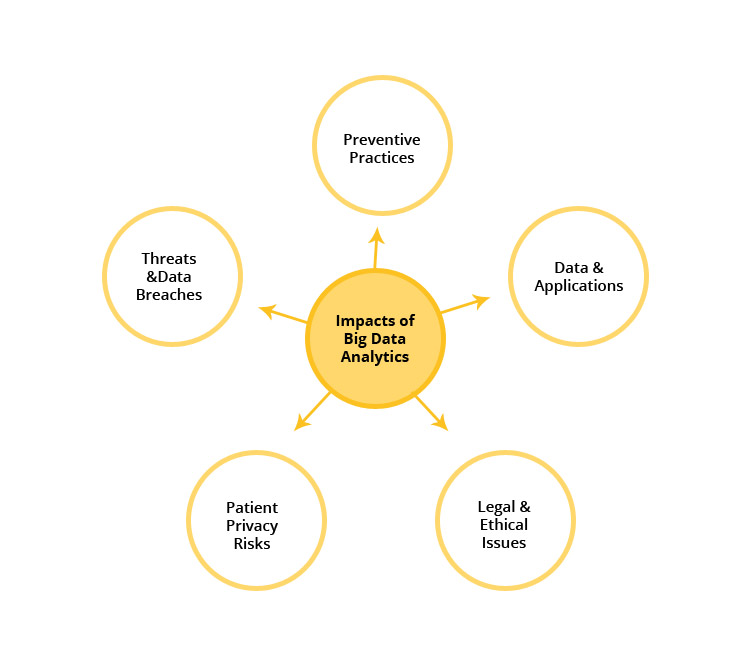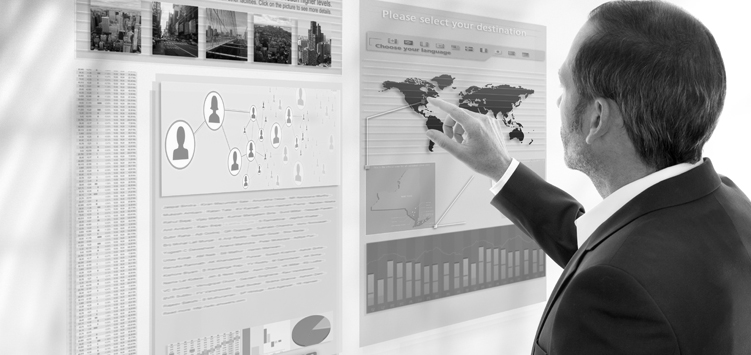Leveraging Predictive Analytics
The World Economic Forum mentioned in one of its reports that data is “a new form of asset class and is now the equivalent of oil or gold.” Big data has slowly crept its way into our daily lives without much fanfare. With or without our knowledge, we too have somehow contributed significantly to the big data juggernaut.
PREDICTIVE MODELLING
When a telephone service provider suggests that you change your existing billing plan to help you in economizing your phone usage, it’s only technology at work to provide convenience to consumers and more revenues to service providers. They are relying on current and past data to determine future performance through the use of statistics and predictive modeling.
WHY PREDICTIVE ANALYTICS
Predictive Analytics is becoming mainstream. More and more businesses are incorporating it in day-to-day activities to harness its power. Enterprises are leveraging Predictive Analytics for gleaning actionable intelligence for future events.
In what way Predictive Analytics is different from traditional analytics? Traditional analytics banks predominantly on historical data to analyze key events and occurrences. The difference here in Predictive Analytics is the use of statistics and modeling to determine future performance based on current and historical data. Predictive Analytics looks at patterns in data to determine if those patterns are likely to emerge again, which allows businesses and investors to adjust where they use their resources to take advantage of possible future events.
Predictive Analytics is a big leap as it goes above and beyond traditional analytics practices. For instance, one can examine the past performance and at the same time forecast revenue-generating patterns, understand customer behavior, and use the information to offer better products and services. It also helps in identifying the potential business risk and helps in course corrections.
THE VERTICAL IMPACT
Companies use Predictive Analytics in numerous fields. From science to financial services to insurance to healthcare companies to identify patterns, recognize potential, prevent risk, and improve financial reward. Retailers, for example, are using data from loyalty programs to analyze past buying behavior and predict the promotions a customer is most likely to participate in or make purchases in the future.
Marketing functions can leverage it for retaining or reactivating customers with the right incentives. Manufacturing organizations are also exploiting their power in various ways. Financial institutions are using analytics to identify high-risk probable customers and minimize default risks, as well as cross-selling and up-selling their products, customer segmentation, fraud detection, cash planning, etc. Healthcare organizations are parsing patient history to enable more accurate diagnosis, studying responses to medication, reducing hospital readmissions, integrating bedside medical device data into algorithms that help detect deteriorating vital signs in critical patients in real-time, and more.

THE PRECISION OF OUTCOMES
The accuracy of the predictions will depend on the volume of data available for analysis. Many customers may be wary of giving their data due to privacy issues. Many applications of data can arise far from the purposes for which the data was originally intended. Big data and predictive analytics could raise several concerns. Minor variations in the data accuracy of predictions may often lead to substantial changes in business decisions in the long term. In some instances, Predictive Analytics may also help automate decision making, thereby dramatically reducing the cost of operations. Hence eliminating data bias is critical for precise outcomes.
With actionable insights from all the data in their possession, data analysts are now able to get granular visibility into systems and processes. Predictive Analytics, thus, delivers strategic value as well as provide tactical guidance. Businesses could make good use of structured data and unstructured information using Predictive Analytics models to enhance their customer service levels and improve operational performance.
Most Read
May 28, 2019
Driving Operational Excellence Through Design Thinking
February 11, 2020
The Art of Data Science
June 12, 2019
Financial Inclusion through Digital Diversification





